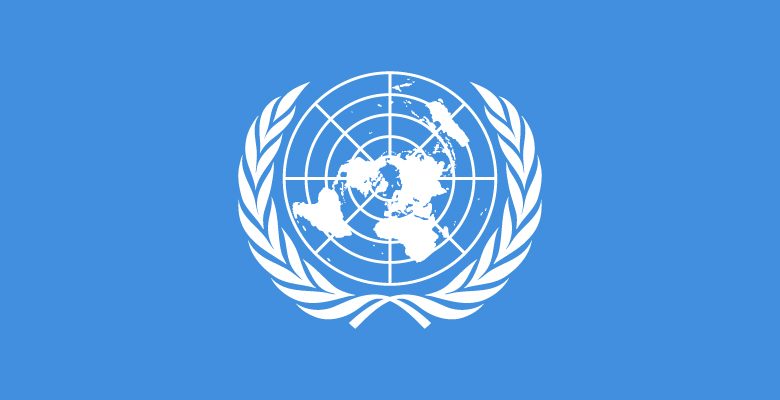From the UN.org website:
Convention on the Prevention and Punishment of the Crime of Genocide
Article II
In the present Convention, genocide means any of the following acts committed with intent to destroy, in whole or in part, a national, ethnical, racial or religious group, as such:
- Killing members of the group;
- Causing serious bodily or mental harm to members of the group;
- Deliberately inflicting on the group conditions of life calculated to bring about its physical destruction in whole or in part;
- Imposing measures intended to prevent births within the group;
- Forcibly transferring children of the group to another group.
Elements of the crime
The Genocide Convention establishes in Article I that the crime of genocide may take place in the context of an armed conflict, international or non-international, but also in the context of a peaceful situation. The latter is less common but still possible. The same article establishes the obligation of the contracting parties to prevent and to punish the crime of genocide.
The popular understanding of what constitutes genocide tends to be broader than the content of the norm under international law. Article II of the Genocide Convention contains a narrow definition of the crime of genocide, which includes two main elements:
- A mental element: the “intent to destroy, in whole or in part, a national, ethnical, racial or religious group, as such”; and
- A physical element, which includes the following five acts, enumerated exhaustively:
- Killing members of the group
- Causing serious bodily or mental harm to members of the group
- Deliberately inflicting on the group conditions of life calculated to bring about its physical destruction in whole or in part
- Imposing measures intended to prevent births within the group
- Forcibly transferring children of the group to another group
The intent is the most difficult element to determine. To constitute genocide, there must be a proven intent on the part of perpetrators to physically destroy a national, ethnical, racial or religious group. Cultural destruction does not suffice, nor does an intention to simply disperse a group. It is this special intent, or dolus specialis, that makes the crime of genocide so unique. In addition, case law has associated intent with the existence of a State or organizational plan or policy, even if the definition of genocide in international law does not include that element.
Importantly, the victims of genocide are deliberately targeted – not randomly – because of their real or perceived membership of one of the four groups protected under the Convention (which excludes political groups, for example). This means that the target of destruction must be the group, as such, and not its members as individuals. Genocide can also be committed against only a part of the group, as long as that part is identifiable (including within a geographically limited area) and “substantial.”


Would genocide include a deliberate attempt to wipe out a culture? A language group? A mass assimilation/invasion by peoples of a different race or culture? Like what was done to native peoples in the USA .
Is it being done now?
Presuming that JerryK is not just asking a rhetorical question, I’d say that of course, genocide includes what we did the the Native Americans, and yes, to the language group. And, no, to your mass assimilation/invasion? As for it being done now, isn’t that what the administration of he-who-shall-remain-nameless has done to us as a nation?
COURSE WE IGNORED CAMBODIA AND RWANDA.
Don’t worry China will get a pass on their treatment of the Uighurs.